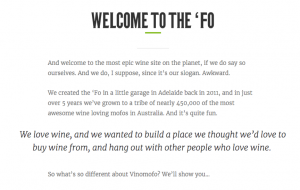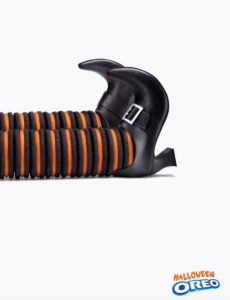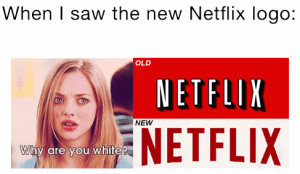Influencer marketing is shaping up to be one of the most effective ways for businesses to get their message and products across. Scrolling through your Instagram feed, you see beautiful models wearing boutique swimwear in the Maldives, fitness junkies posing in new athletic gear or beauty gurus praising a new cosmetic product in a 20-second video. The likes and followers of these influencers are compelling enough for many companies to invest heavily. On the surface, influencer marketing may seem like a no-brainer, but we often see brands falling into common traps, doing more harm than good. Influencer marketing done right needs more than a pretty face with a decent following.
At the end of the day, influencer marketing is about your audience and your strategy to engage the right influencer. Before diving into sending out lots of DMs, there are some key things you should understand.
1. Is your brand the right fit?
Knowing your brand and field is the starting point for good influencer marketing. Although you can find influencers in almost every category, influencer marketing might not be a right fit for your brand. Take juice brand Marigold and influencer Naomi Neo’s fiasco last year, for example. The campaign fell apart, and criticism, mocking and parodies rolled in. Real influence comes from authenticity, but her caption stating she’s “always carrying around a carton of my favorite MARIGOLD PEEL FRESH juice” does not sound authentic at all. Naomi is a popular influencer in the lifestyle space with over 369k followers, but an influencer known for their healthy lifestyle, fitness or juicing recipes would have been a better fit for Marigold.
Although the beautiful brunette can sell swimwear and dresses, she might not be a good fit business. Depending on what category your business is in, you need to find the right influencers that can authentically represent your product.
When you get it wrong, the audiences may not be as receptive to the product. Hopping on the bandwagon with the assumption that influencer marketing is a sure way to achieve your goals can easily catch you out. It might even backfire and give you a negative reputation. Take a step back to consider who you are and what your brand stands for.
2. Numbers are not the be-all and end-all
It can be tempting to go with those influencers that have the largest following. However, don’t be seduced by the big numbers. Get over the obsession with followers – it’s a terrible representation of an influencer’s actual reach. Instead of mere follower size, you should also be looking at engagement rate and follower quality. Even users with a few hundred followers receive a couple of comments, so someone with hundreds of thousands of followers should also have a proportionate amount of comments. If this isn’t the case, it’s a sign the followers may be bought or are not engaged. Either way, it’s not beneficial for your brand.
To avoid the follower quality trap, scan the influencer’s followers to see if they are genuine. Look for inactive accounts with few posts or a vastly disproportionate amount of followers and accounts they follow. Be wary of comments like “love it!”, “super cool”, “Amazing :D” paired with random emojis that don’t seem aligned with the post. These are most likely bots that comment on behalf of accounts. Don’t be misled by such bot responses – genuine comments mean genuine followers.
3. Allow artistic freedom
Remember that influencer’s authenticity is key, so don’t treat them like a mercenary soldier if you want your campaign to really flourish. Avoid giving them strict criteria, providing a script or overseeing every single tiny detail. The influencers will know their audience better than you do, so let them inject their own unique voice and perspective into the project. Don’t be that brand that gets exposed when influencers simply copy and paste, forgetting to remove the instructions.
What you want instead, is to achieve a balance between micromanaging and giving complete artistic freedom. You want to ensure that the overall brand message is still relevant and aligned with your objectives while leaving room for the influencer’s creativity. Let them have the freedom to speak in their own voice that feels natural to their audience. Using an influencer to market your product should not indicate a lesser process strategy. The truth is that simply paying an influencer will not help you meet your business needs. The content creation process involving influencers can be a bit more complicated than typical campaigns. Prepare to put in the legwork to truly make an impact.
The key to effective and successful influencer marketing lies in building quality relationships with your audience. Choose influencers who resonate well with your brand image. Zero in on people aligned with your brand’s core values and stories. A great strategy involves a mix of influencers with both large and small followings.
Need help involving influencers for your brand? Drop us a note at hello@mutant.com.sg




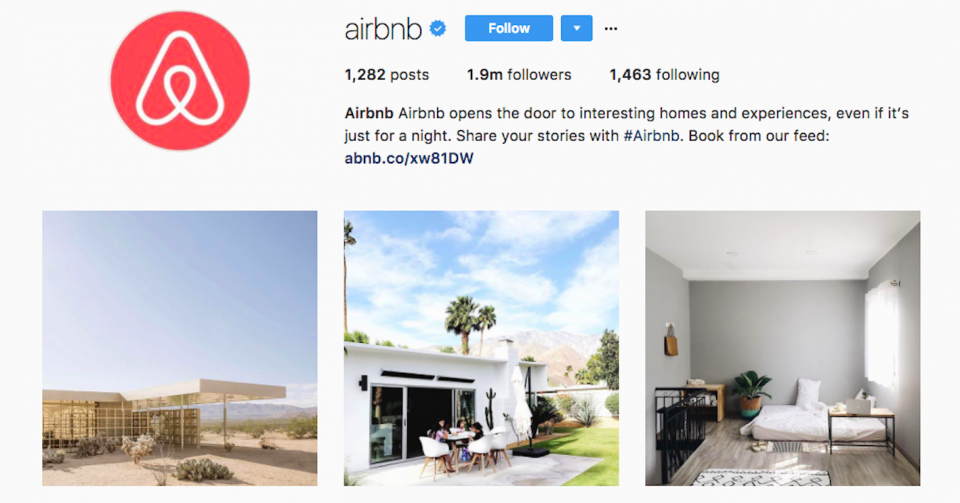
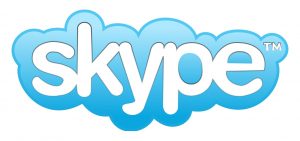
 Last, but certainly not least, brand monitoring. Outsourcing your marketing function shouldn’t be a one-trick pony. A dedicated and proactive agency should be continually optimising your marketing efforts. The world is a competitive place for brands big and small, and it is crucial to lower your risk of market stagnation. Brands need to be up to speed, consistent, as well as creative with their ideas. Having a great marketing campaign but not the strategy and monitoring in place is a slippery slope for brands. However, an agency will constantly try new things to keep your business on trend to deliver agreed-upon goals.
Last, but certainly not least, brand monitoring. Outsourcing your marketing function shouldn’t be a one-trick pony. A dedicated and proactive agency should be continually optimising your marketing efforts. The world is a competitive place for brands big and small, and it is crucial to lower your risk of market stagnation. Brands need to be up to speed, consistent, as well as creative with their ideas. Having a great marketing campaign but not the strategy and monitoring in place is a slippery slope for brands. However, an agency will constantly try new things to keep your business on trend to deliver agreed-upon goals.